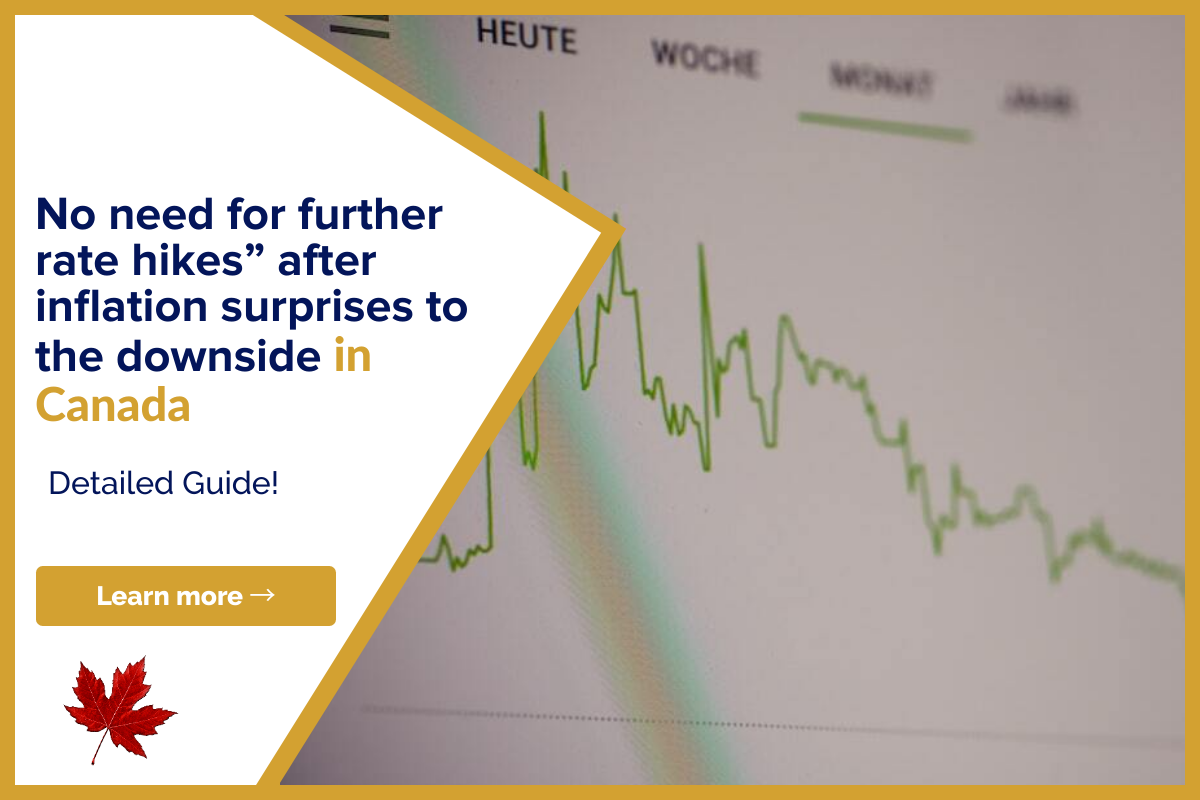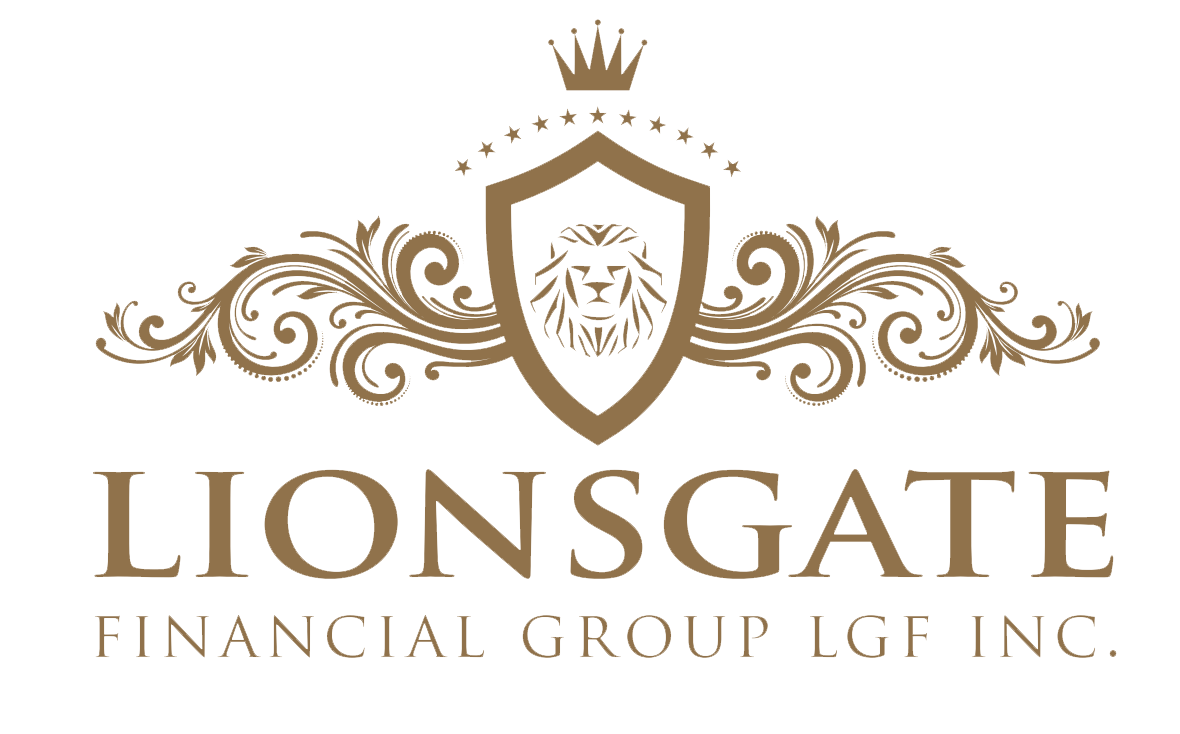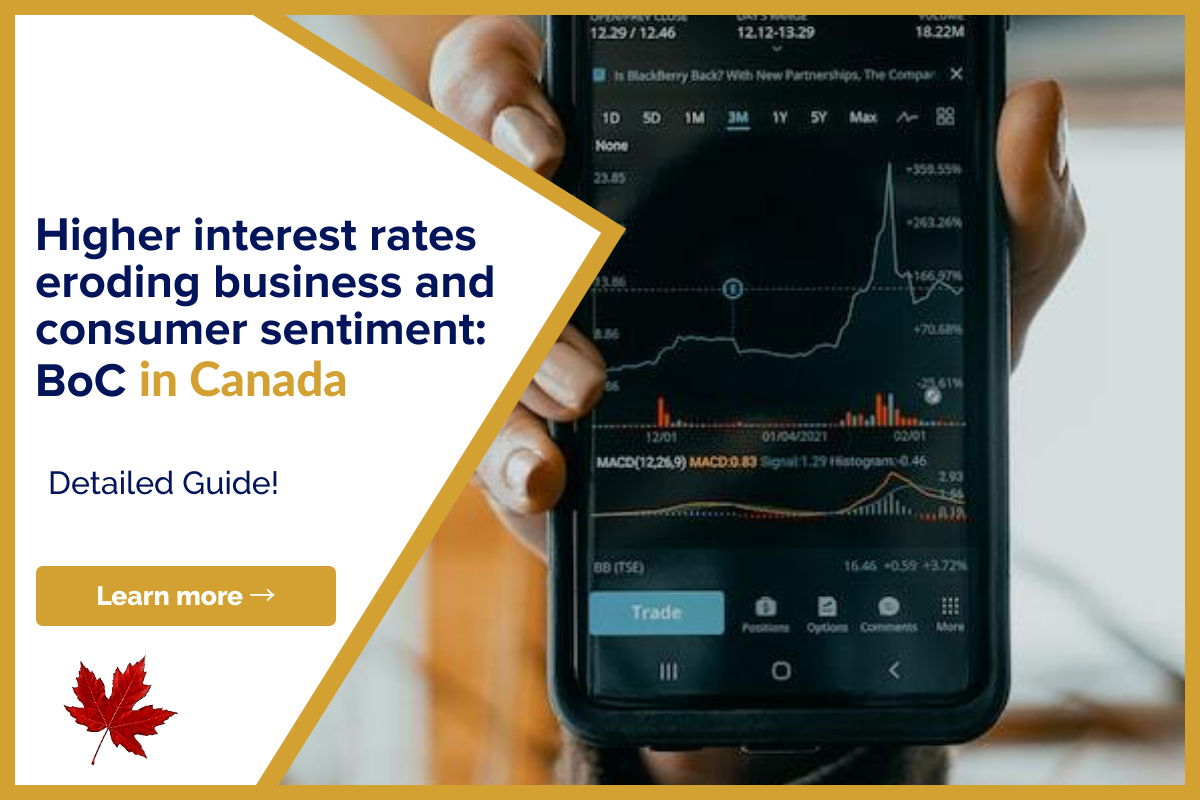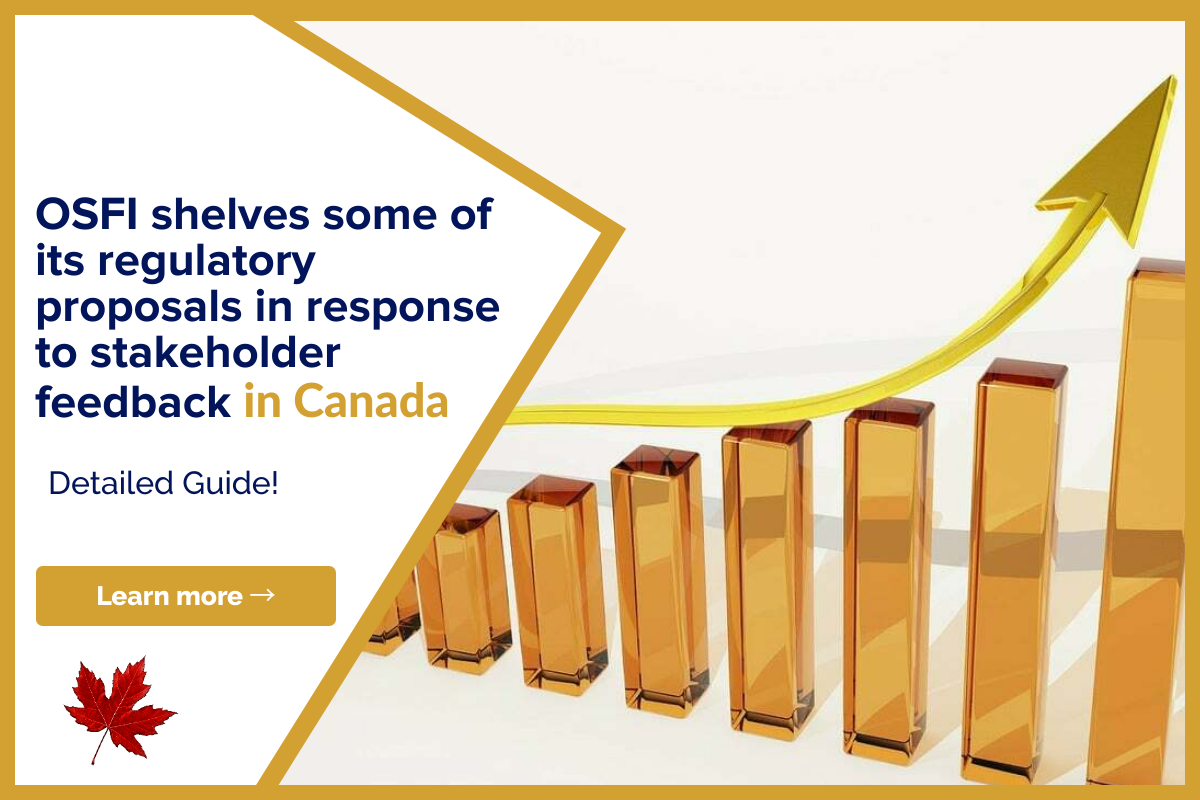During the early days of the mortgage business, brokers would require a lot of paperwork…

“No need for further rate hikes” after inflation surprises to the downside
The Bank of Canada’s rate decision next week is more likely to be a rate hold, as Canada’s headline rate of inflation has once again been trending down.
Statistics Canada announced Tuesday that the headline CPI inflation rate rose by 3.8% in September. This is down from August’s growth of 4%. This was mainly due to lower prices of groceries, durables and travel services.
The 12-month change in headline inflation
The headline CPI declined by 0.1% on a monthly basis in September, following an increase of 0.4% in August.
National Bank reported encouraging signs for the core measures of inflation, which grew at the slowest rate in 31 months. CPI-trim slowed from 3.9% to 3.7% (down from 3.9% in August), and the CPI median slowed down to 3.8%, down 4.1%. These measures were 3.8% and 3.5% respectively when viewed regarding the annualized three-month change.
Benjamin Reitzes, BMO’s economist, notes that the headline inflation rate is likely to be boosted by favourable base effects. This is because CPI rose 0.7% in 12 months (which will reduce the comparison between year over year).
He wrote: “Gasoline is down about 7% this month. If there’s no sharp reversal within the next two weeks, we may see a significant deceleration of the October CPI, (towards the low-3% range).”
No need for any further hikes
The Bank of Canada’s next monetary policy meeting is likely to be less likely than usual to see another rate increase due to the slower pace of inflation.
Reitzes’s colleague at the BoC, wrote: “The inflation level remains too high to be comfortable. However, the trend is in the BoC’s favour.” “Given the fact that inflation is a lagging indicator, and given the clear weakness of the economy, we are likely to continue seeing disinflationary forces…there is no need for any further rate increases in Canada.”
National Bank Financial economists agree. They write that the September data “will take a lot off” of the BoC’s pressure to raise rates, despite the fact that core inflation measures remain elevated and have not slowed as much as headline reading.
“But now the bank faces a dilemma. When the economy was still gaining momentum and showed signs of overheating, it was easy to increase rates. “But this is not the case anymore,” they wrote.
The economists said that “inflation is on the rise and economic growth in the third and second quarters are well below their July forecasts.” “Also, there is no sign of a recovery in the months to come, as consumer and SME sentiment are at levels only seen during recessions.”
Shelter costs are the fastest-growing component of inflation
The fastest-growing component of inflation is the rising cost of housing.
Shelter (+6% over the past year) overtook Food (+5,9%) in September as the fastest-growing basket item.
The rent index was up 7.3% over the past year, while the mortgage cost index eased to +30.6% from +30.9%.
The fastest rent price increases were in Newfoundland and Labrador (+11.8%), Nova Scotia (10.6%) and Alberta (8.5%).
Statistics Canada data show that while this index per capita is up more than 30% over the past year, the actual mortgage interest cost in dollar terms has risen by over 80% as of the second quarter since the Bank of Canada began raising interest rates.




